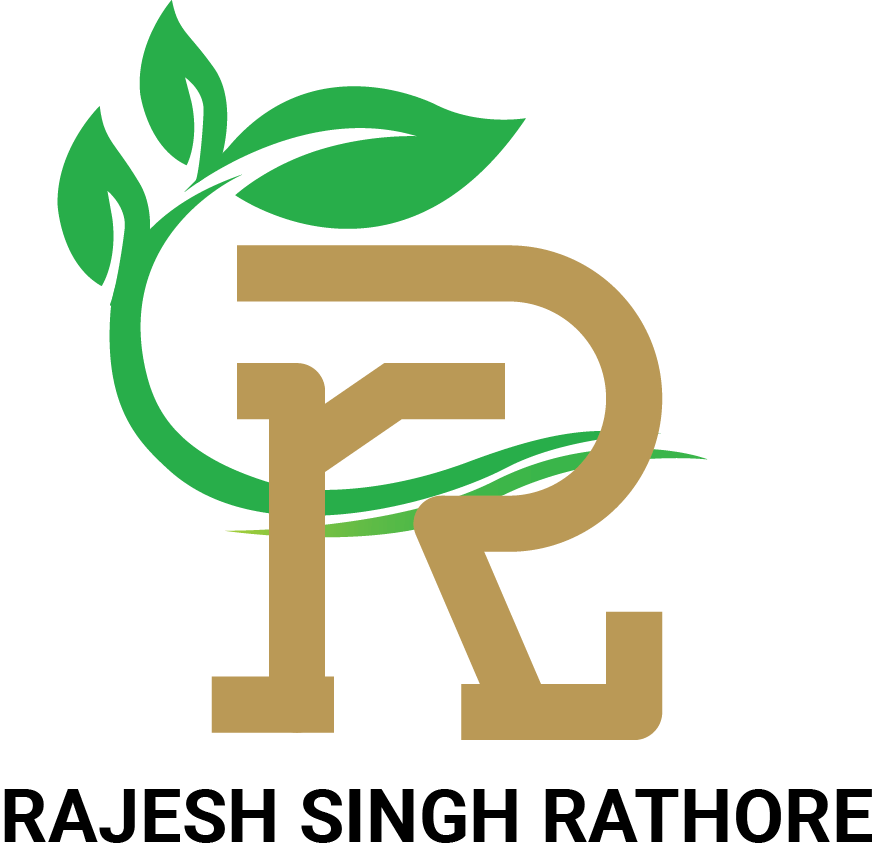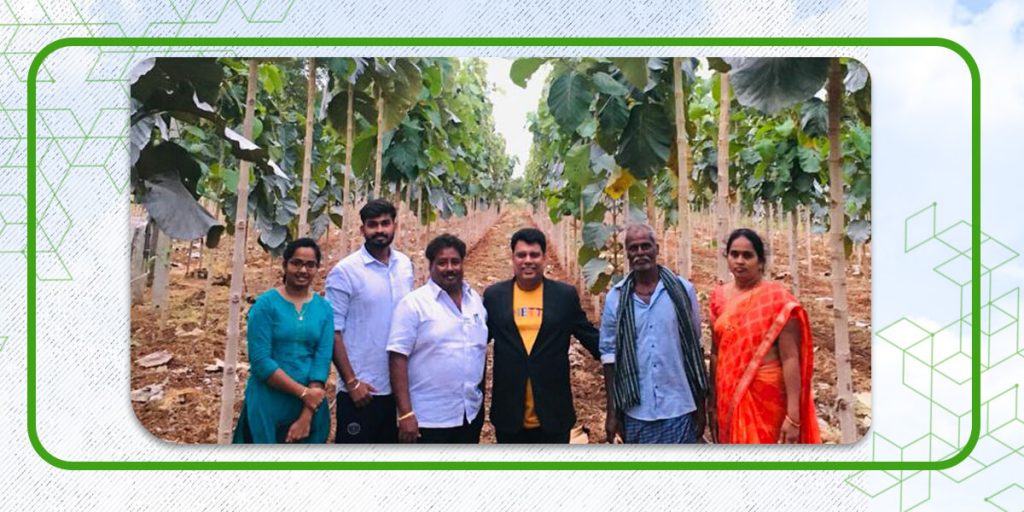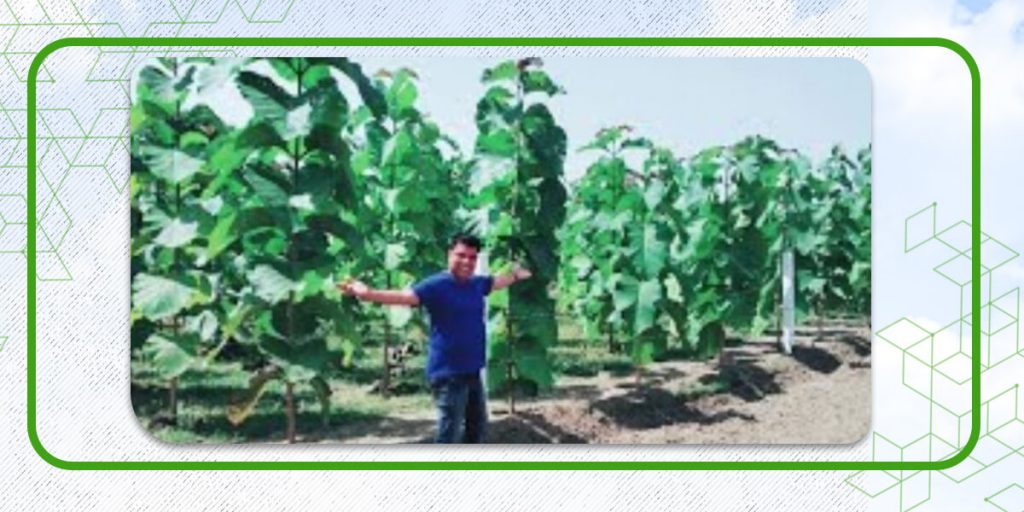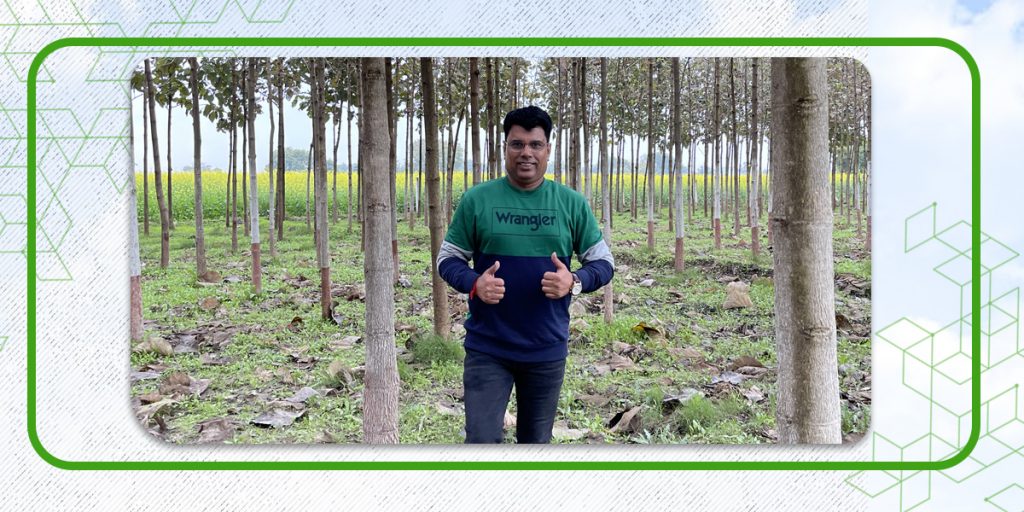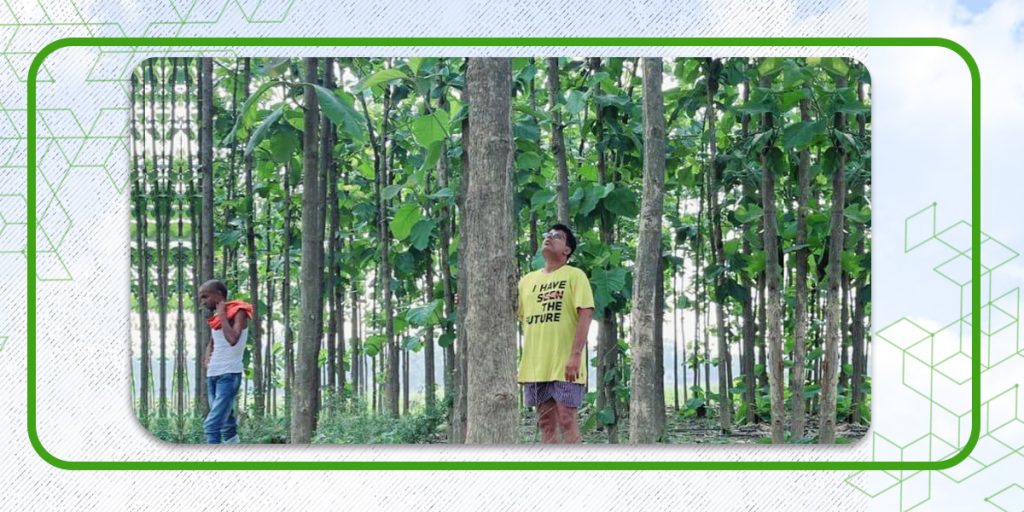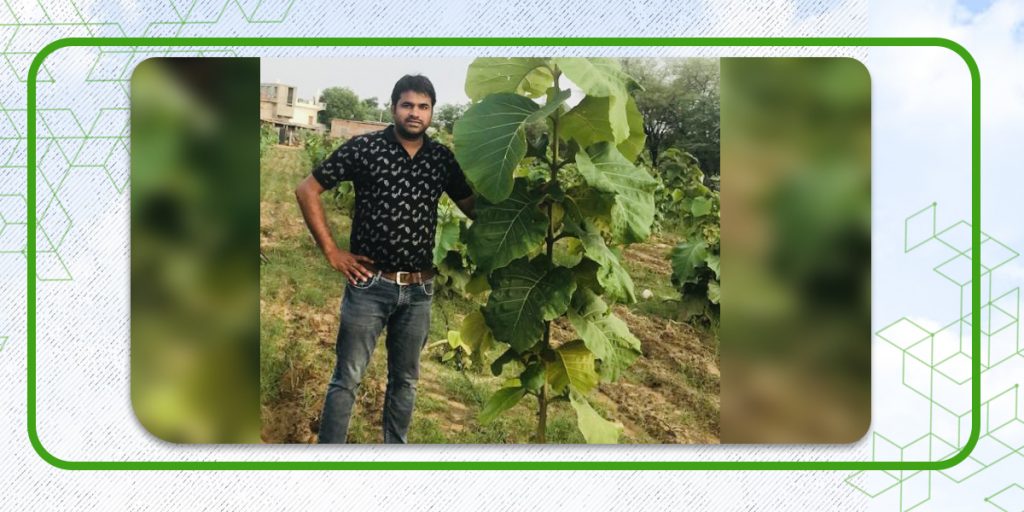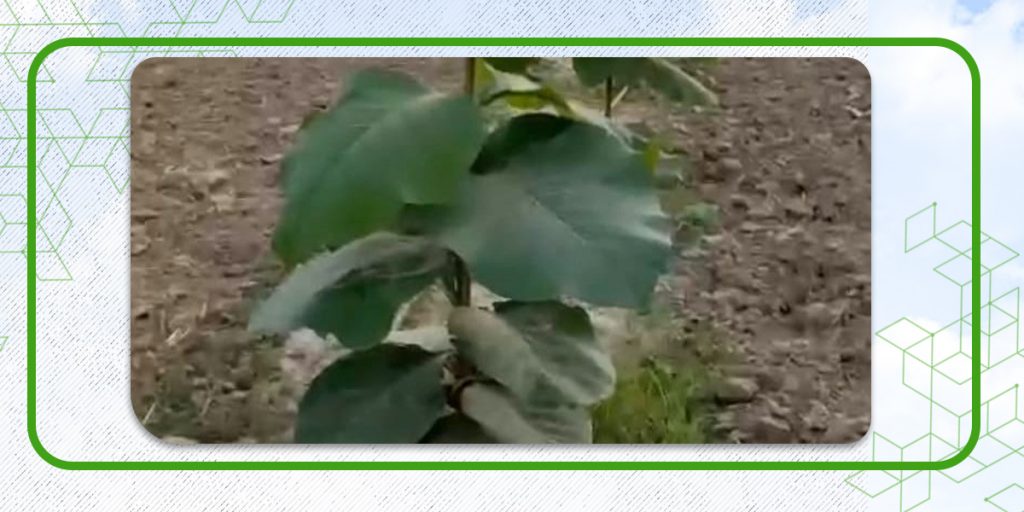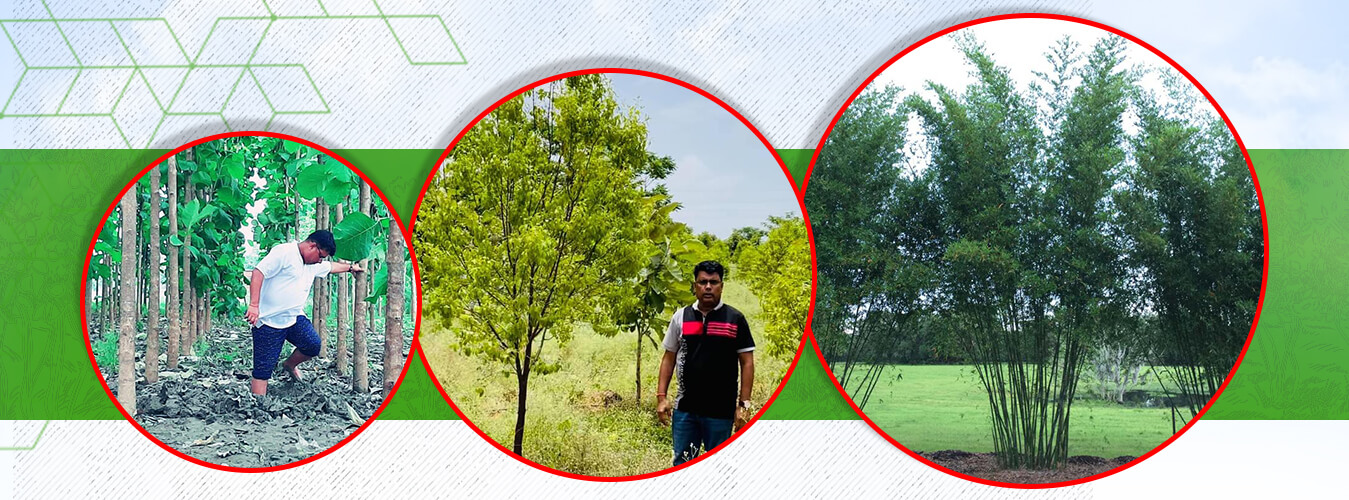
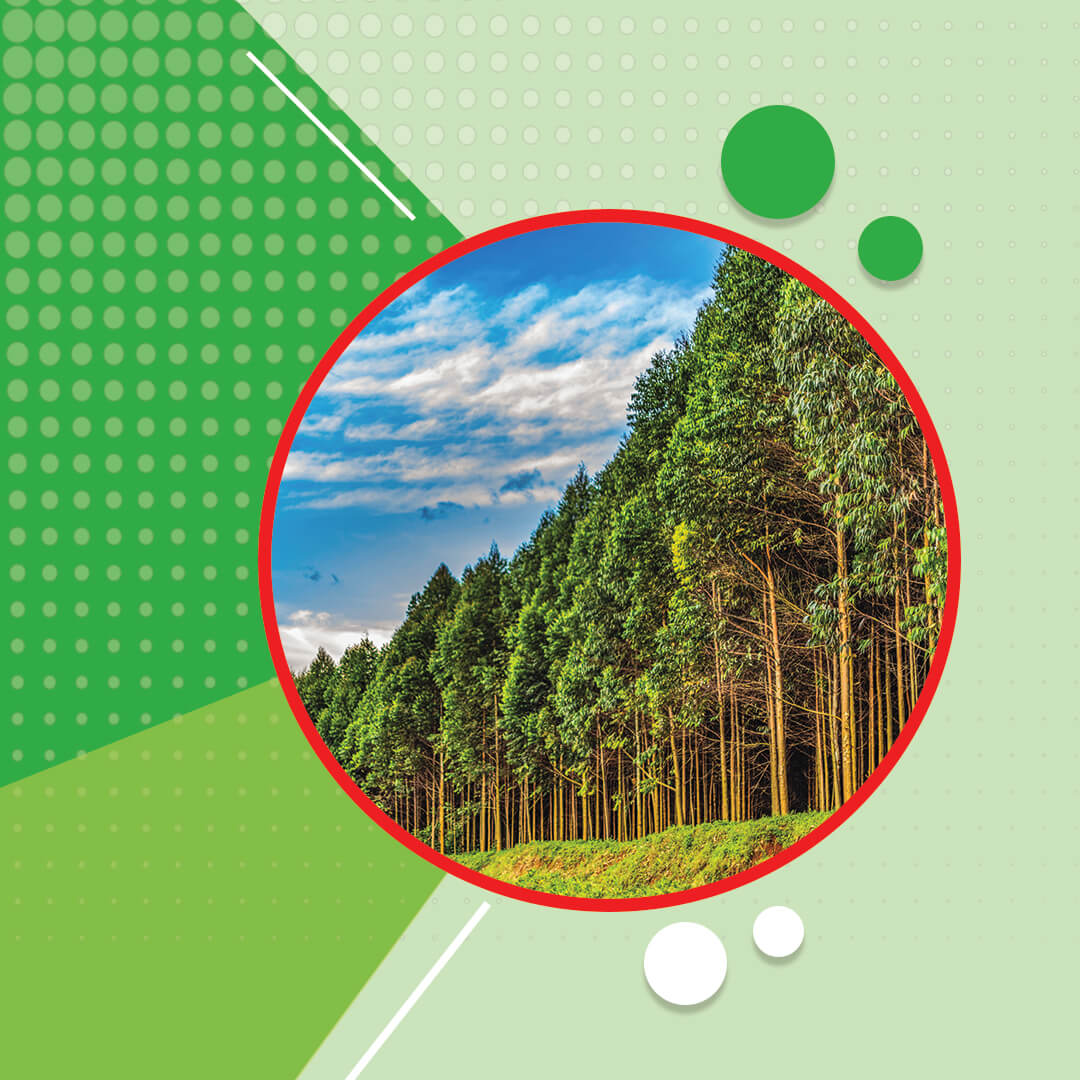
- Agroforestry
The term “Agroforestry” implies the management of land where shrubs and trees are grown among pasture and crops. This intentional combination of agriculture and forestry yields a lot of benefits and ofcourse balance. The benefits can be calculated on the basis of – greater yield of food crops, enhanced farmer livelihoods with income generation, improved biodiversity, improved soil structure and health, reduced erosion, and carbon sequestration.
Our main goal is to help all the farmers and investors to the best of our ability ensuring they receive the maximum revenue that they deserve. We have a team of field experts and Tissue Culture Scientists with more than 15 to 20 years of experience in the field of Agroforestry Commercial Project thus ensuring the same. We promote inter-cropping to maximize profit along with commercial projects. We encourage all the farmers to grow more trees.
The Product Portfolio Includes
Teak or Sagwan:
These are one of the valuable timbers of the world. In just 1st year teak trees are 12 to 15 feet high, by year 2 they are well established as young durable trees starting to gain considerable canopy mass and reach maturity at 10 years accordingly. At 12th-year teak trees are 35-38 feet high.
Sandalwood:
Sandalwood is mainly propagated in India for its medicinal and perfumery value. Sandalwood is known for its medicinal and essential oil properties. The propagation is mainly done throughout the year in various regions of our country. The two varieties are available white sandalwood and red sandalwood. The plant is mainly ready to yield essential oil after 15 years of plantation. Tissue culture’s best planting material is available for propagation.
Bamboo:
Many varieties of Bamboo are available for Mass propagation. Like Balcooa Bambusa, Nutan , Asper Dendrocalamus Bambusa, Tulda Bambusa etc. Bambusa balcooa also known as Female Bamboo is a tropical clumping bamboo originating from Northeast India. This bamboo species is often used as a food source, in scaffolding, for paper pulp or wood chips, Building, Furniture, etc.
Culms: The culms of Bambusa Balcooa are on average between 12-22 m high and 6-15 cm in diameter. Culms are grayish-green and thick-walled, where the diameter of the cavity is about one-third of that of the culm. Nodes are thickened with a whitish ring above and have short small hairs below. Culm-internodes are on average between 20-40 cm long.
Branches: Several to many clustered branches with 1-3 larger dominant branches. Branches usually occur from the middle of the culm to the top. Branches from the lower nodes are leafless and hard, and sometimes thorn-like.
Leaves: Leaves are narrow and are on average 15-30 cm long and 25-50 mm broad.
Shoots: Young Bambusa balcooa shoots have a blackish-green with yellow color. Culm sheaths are brown or orange-tinged, covered sparsely with dark brown hairs.
Uses: Stems are used as a building material for houses, bridges, and fishing floats, are much used for scaffolding, frames of rickshaw hoods, baskets, woven mats, and agricultural and fishing implements. This bamboo species also serves as a raw material for the wood chip industry, paper pulp, and shoots are consumed as a vegetable, and leaves are used as fodder.
Project Citation
Complete Teak Commercial Project in Karnataka
Place – ChitraDurga + 10 more city Project Value – 100Cr Initiation date- 2021 Expected Harvest Date –2033-2036 Land Size –50 Acre
Read MoreComplete Teak Commercial Project in Maharastra
Place - Jalgaon Project Value - 30 cr Initiation date- 2021 Expected Harvest Date - 2034 Land Size - 15 HA
Read MoreComplete Teak Commercial Project in Uttar Pradesh
Place - Bulandshahr Project Value - 200 cr Initiation date- 2018 Expected Harvest Date - 2032 Land Size - 100 HA
Read MoreComplete Teak Commercial Project in Bihar
Place - Siwan Project Value - 100 cr Initiation date- 2016 Expected Harvest Date - 2029 Land Size - 50 HA
Read MoreComplete Teak Commercial Project in Rajasthan
Place - Alwar Project Value - 40 cr Initiation date- 2020 Expected Harvest Date - 2033 Land Size - 20 HA
Read MoreComplete Teak Commercial Project in Haryana
Place - Charkhi Dadri Project Value - 50 cr Initiation date- 2021 Expected Harvest Date - 2034 Land Size - 25 HA
Read More
